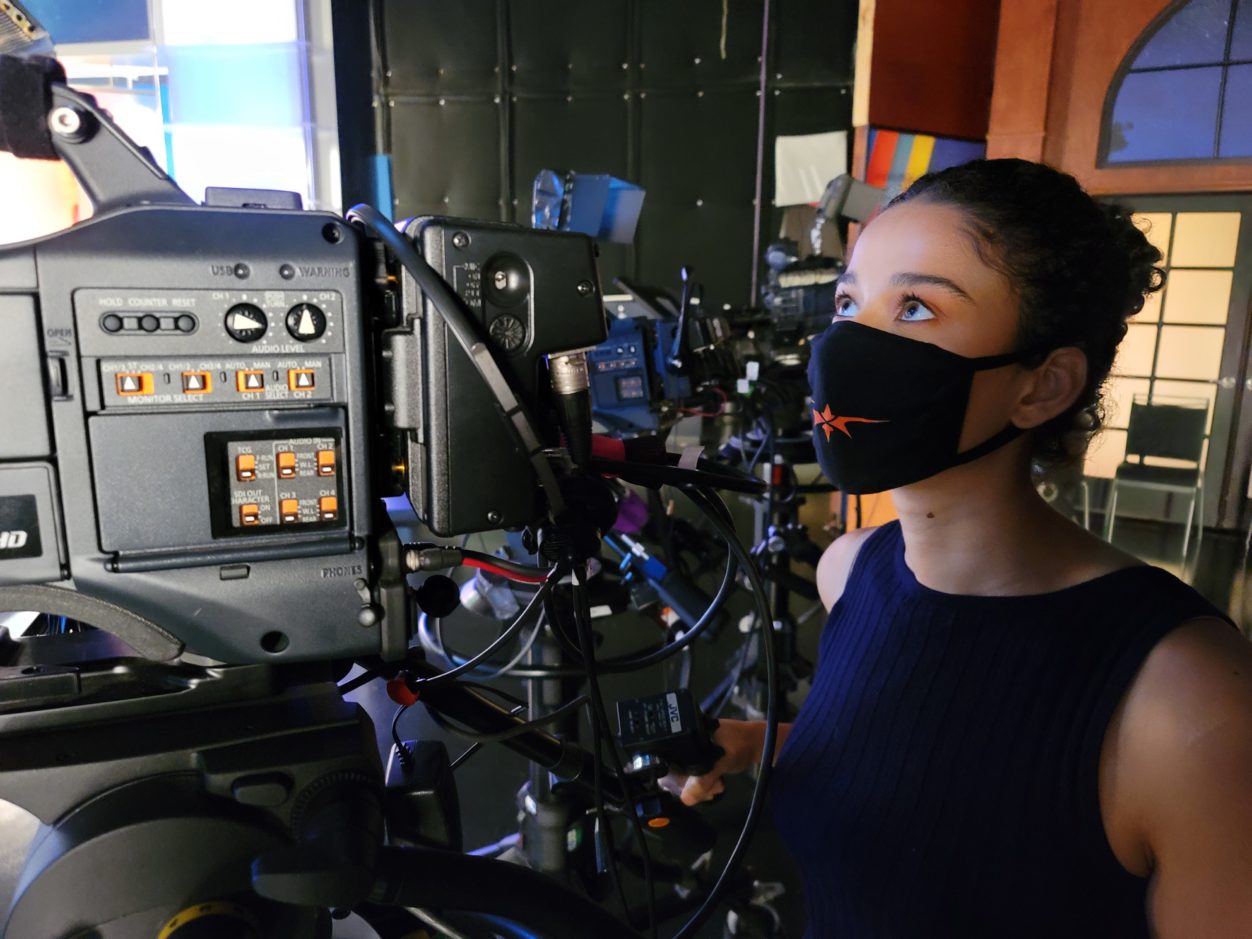How is Binary Opposition in Film Used?
They say opposites attract, and in many cases, particular when we’re talking about Binary opposition theory, it’s true. Binary oppositions, or the binary opposition theory, is a critical theory that was coined by ethnologist and anthropologist Claude Levi-Strauss. According to binary oppositions in film, a system of mutually exclusive terms which are used to offset one another can create distinctive opposites which draw audience attention. In other words, opposites are concepts which only apply when there is the other half, one cannot exist without the other.

WHAT IS BINARY OPPOSITION?
Binary opposition, a structuralism concept and theory of sociology. As well as anthropology and linguistics states that every element of human culture is easily understood.
In relation to one another when examining how they function within the overall environment as a larger system or unit. Binary oppositions are frequently encountered in everyday life.
And in film, particularly when examining relationships. In simplistic terms, binary opposition is a system of opposites in which one cannot possibly exist without the other.
CONSIDER THIS
For instance, a light is either on, or off. A team can either win or lose. Water is either hot or cold. Something in relationship to something else is either left or right.
Opposite concepts are relatively simple to understand, particularly when it comes to applying the concept of binary opposition to cultural groups and socioeconomic status.
Such as a group of people is rich or poor, young or old, disabled or not disabled, upper class or lower class, each individual is either man or woman, boy or girl.
HOW IS BINARY OPPOSITION USED IN FILM?
Binary opposition in film is represented by filmmakers in a number of different ways. Often times, filmmakers will explore the gray area in between groups of people.
As a way of attracting audience interest. The idea is to explore the potential outcomes or perceived differences between groups while keeping audience interest strong.
Binary opposition is frequently seen in horror films. You might recall any story in which there is good and there is evil? There is sanity and there is insanity.
A horror film will frequently give rise to these binary oppositional theories creating very distinctive opposites within the story.
FILMS SOMETIMES SHOW BINARY OPPOSITION IN THE FOLLOWING WAYS:
- Black vs white
- Security vs fear
- Feminine vs masculine
- Relaxed vs tensed
- Strong vs. weak
- Humanity vs technology
- Hero vs villain
STEREOTYPES
Unfortunately, binary opposition frequently perpetuates stereotypes and the idea that one cannot be around the other.
For instance, the rich might not welcome the poor, the young may not get involved with the old.
Additionally, negative stereotypes that are perpetuated through binary opposition can create very strong impacts in film media.
THE EFFECTS
For instance, if we were to take the binary opposite man vs. woman? We would likely equally have gender stereotypes in which there is the element of strong vs. weak.
Or the macho man vs. the damsel in distress woman. These stereotypes have certainly changed over time.
But continue to play a key role in the behaviors that play out in films particularly when binary oppositional theory is concerned.

BINARY OPPOSITION IN FILM: HARRY POTTER
Several examples of binary opposition in film exist. In the Harry Potter series, binary opposition existed in the two major groups or communities within the stories:
The magical community and the non-magical community. According to binary oppositional theory, everyone would fit into one of these categories.
However this is untrue as there are sets of people in Harry Potter that actually do not fit into these categories: the muggle-borns and the half-bloods.
Of course, binary opposition and the stereotypes that are created will frequently have issues like this in “real life” too. As we know and see now, for instance, we have men and women.
But there are also trans-gender men/women or women/men and non-binary individuals. And these groups do not fit the stereotypical man vs. woman.
FOR EXAMPLE
In Harry Potter Lord Voldermort, the evil wizard, believes that only pure bloods can be part of the magical community. And that muggle-borns cannot be a part of it.
A binary system is created in which only pure-blooded wizards are part of the magical community and anyone else that is not “pure” is excluded.
We see the use of dark magic ostracizing, torturing and even killing off those who do not “fit” the stereotypical “pureness” of Lord Voldermort’s binary system of pure blood vs. non-pure blood.
ADDITIONAL EXAMPLES OF BINARY OPPOSITION IN FILM
As you can see in the detailed example from the Harry Potter Series, binary opposition in film is a very common occurrence.
It’s quite common for binary opposition to occur in things like comics and cartoons too.
In fact, binary opposition is frequently seen in a variety of different films and movies of all genres and types!
THE FOLLOWING BINARY OPPOSITIONS IN FILM HAVE EXISTED OVER TIME:
- Binary opposition characters – such as Snow White and the Wicked Witch
- Hero vs villain concepts
- Batman vs. Joker
- Shrek vs. the Princess
The Takeaway
So how is binary opposition in film employed? As you can see, the Levi-Strauss theory of binary opposition is applied in filmmaking through a variety of elements.
In which opposites are used to create worlds, characters, and fictional environments of stature, structure, and stereotype both good and bad.
This technique piques audience interest and often sheds light on the dangers of such binary opposition and stereotyping in real life.


